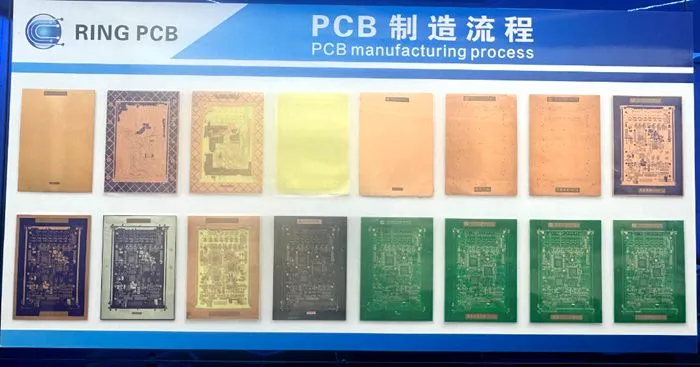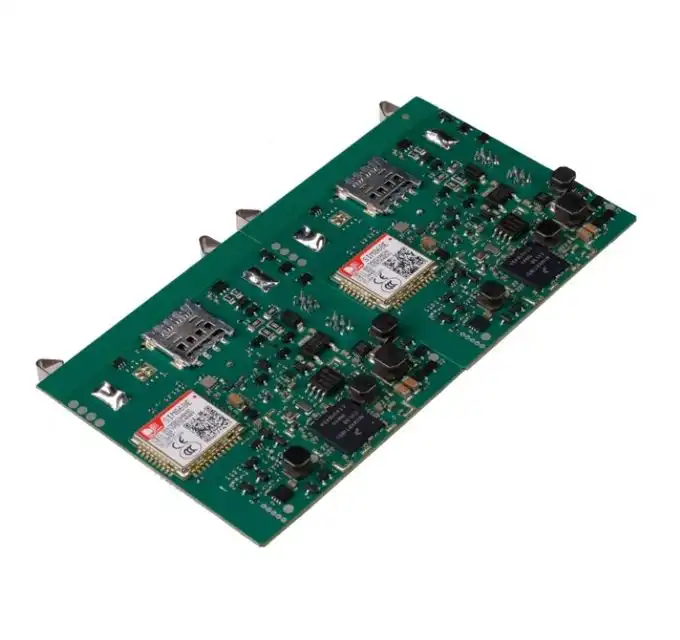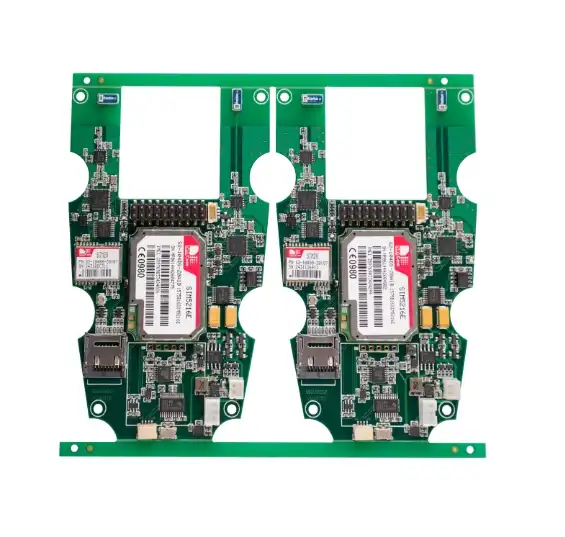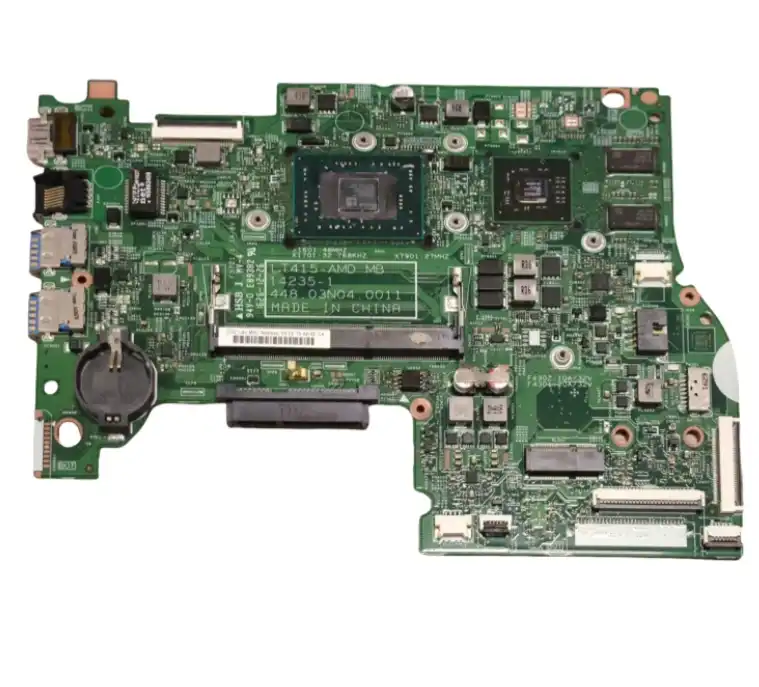Grasping the Fundamentals of DFM in PCB Assembly
Design for Manufacturing (DFM) in PCB Assembly is a methodical approach that integrates manufacturing considerations into the design process of printed circuit boards. This proactive strategy aims to enhance product quality, reduce costs, and streamline production. By implementing DFM principles, engineers can identify and address potential manufacturing issues early in the design phase, ultimately leading to more reliable and efficient PCB assemblies.
The core objective of DFM in PCB Assembly is to create designs that are not only functionally sound but also optimized for the manufacturing process. This involves considering various factors such as component placement, trace routing, thermal management, and assembly techniques. By doing so, manufacturers can minimize defects, reduce production time, and improve overall product yield.
Key Principles of DFM in PCB Assembly
To effectively implement DFM in PCB Assembly, it's essential to understand and adhere to several key principles:
- Simplicity: Designs should be as simple as possible while meeting functional requirements.
- Standardization: Utilize standard components and processes whenever feasible.
- Manufacturability: Consider the limitations and capabilities of manufacturing equipment.
- Testability: Incorporate features that facilitate easy testing and inspection.
- Reliability: Design for long-term performance and durability.
By embracing these principles, PCB designers can create assemblies that are not only functional but also optimized for efficient and reliable manufacturing.
Benefits of Implementing DFM in PCB Assembly
The implementation of DFM in PCB Assembly offers numerous advantages for both manufacturers and end-users:
- Reduced Manufacturing Costs: By optimizing designs for production, DFM can significantly lower manufacturing expenses.
- Improved Quality: Early identification and resolution of potential issues lead to higher-quality end products.
- Faster Time-to-Market: Streamlined production processes result in quicker product launches.
- Enhanced Reliability: DFM practices contribute to more robust and dependable PCB assemblies.
- Increased Yield: Optimized designs reduce the likelihood of defects, resulting in higher production yields.
These benefits underscore the importance of integrating DFM principles into the PCB assembly process, ultimately leading to more successful and competitive products in the market.
Essential Steps in the DFM Process for PCB Assembly
The DFM process for PCB Assembly involves a series of critical steps that ensure the design is optimized for manufacturing. By following these steps meticulously, engineers can create PCB assemblies that are not only functional but also efficient to produce and highly reliable.
Component Selection and Placement
The first crucial step in the DFM process is the careful selection and placement of components. This involves:
- Choosing components with standardized packages to simplify the assembly process.
- Considering the availability and lead times of components to avoid production delays.
- Optimizing component placement for efficient assembly and thermal management.
- Ensuring adequate spacing between components to facilitate automated assembly and rework.
Proper component selection and placement lay the foundation for a successful PCB assembly, impacting both manufacturability and performance.
PCB Layout Optimization
Optimizing the PCB layout is a critical aspect of DFM in PCB Assembly. Key considerations include:
- Designing trace widths and spacing to meet manufacturing capabilities and electrical requirements.
- Minimizing the number of vias and layer transitions to reduce complexity and cost.
- Implementing proper grounding and power distribution techniques.
- Considering signal integrity and electromagnetic compatibility (EMC) in the layout design.
A well-optimized layout ensures not only manufacturability but also the electrical performance and reliability of the final PCB assembly.
Design Rule Checks and Verification
Rigorous design rule checks and verification processes are essential to identify and rectify potential issues before production. This step involves:
- Conducting comprehensive Design Rule Checks (DRC) to ensure compliance with manufacturing constraints.
- Performing Design for Assembly (DFA) checks to optimize the assembly process.
- Utilizing simulation tools to verify electrical performance and thermal characteristics.
- Reviewing the design with manufacturing partners to identify any potential production challenges.
Thorough verification helps prevent costly errors and ensures that the PCB design is ready for efficient and reliable manufacturing.
Advanced Techniques for Enhancing Reliability in PCB Assembly
To further improve the reliability of PCB assemblies, advanced techniques can be employed in conjunction with basic DFM principles. These methods focus on addressing specific challenges and optimizing various aspects of the PCB design and assembly process. By implementing DFM in PCB Assembly, manufacturers can identify potential issues early in the design stage, streamline production, and minimize costly rework. This approach enhances product quality, improves yield rates, and ensures consistent performance across all manufacturing batches.
Thermal Management Strategies
Effective thermal management is crucial for ensuring the longevity and reliability of PCB assemblies. Advanced techniques include:
- Implementing thermal vias to improve heat dissipation from critical components.
- Utilizing copper pours and heat sinks for enhanced thermal performance.
- Conducting thermal simulations to identify and address potential hotspots.
- Considering component placement to optimize airflow and heat distribution.
By implementing these thermal management strategies, designers can prevent overheating issues and ensure consistent performance across various operating conditions.
Signal Integrity Optimization
Maintaining signal integrity is essential for reliable PCB operation, especially in high-speed designs. Advanced techniques for signal integrity optimization include:
- Employing impedance-controlled routing for critical signal paths.
- Utilizing differential pair routing for high-speed signals.
- Implementing proper return path design to minimize electromagnetic interference.
- Using advanced PCB materials with better dielectric properties for high-frequency applications.
These techniques help ensure clean signal transmission and minimize issues such as crosstalk and signal reflections, contributing to overall PCB reliability.
Automated Optical Inspection (AOI) and X-ray Inspection
Incorporating advanced inspection techniques into the PCB assembly process can significantly enhance quality control and reliability. Key methods include:
- Utilizing Automated Optical Inspection (AOI) systems to detect surface-level defects and component placement issues.
- Implementing X-ray inspection for examining hidden solder joints and internal PCB structures.
- Integrating in-circuit testing (ICT) and functional testing to verify electrical performance.
- Employing statistical process control (SPC) to monitor and improve manufacturing quality over time.
These advanced inspection and testing methods help identify and address potential reliability issues early in the production process, ensuring higher-quality PCB assemblies.
Conclusion
Implementing Design for Manufacturing (DFM) in PCB Assembly is a crucial step towards achieving better reliability and efficiency in electronic product manufacturing. By following the step-by-step guide outlined in this article, PCB designers and manufacturers can significantly enhance the quality, performance, and cost-effectiveness of their products. The integration of advanced techniques such as thermal management, signal integrity optimization, and advanced inspection methods further elevates the reliability of PCB assemblies.
As the electronics industry continues to evolve, partnering with experienced PCB assembly suppliers and manufacturers becomes increasingly important. These partnerships can provide access to cutting-edge technologies and expertise, ensuring that your PCB designs are optimized for both performance and manufacturability. By leveraging the knowledge and capabilities of skilled PCB assembly manufacturers, companies can stay ahead in the competitive electronics market and deliver superior products to their customers.
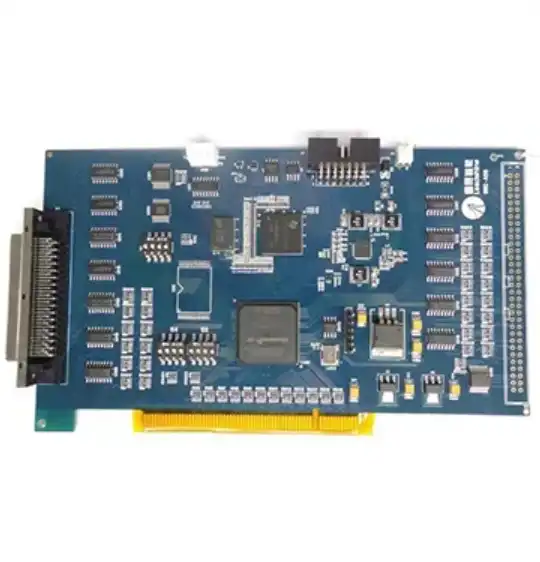
FAQ
What is the primary goal of DFM in PCB Assembly?
The primary goal of DFM in PCB Assembly is to optimize the design for efficient manufacturing, improved quality, and enhanced reliability.
How does DFM impact the overall cost of PCB production?
DFM can significantly reduce production costs by minimizing defects, streamlining assembly processes, and improving yield rates.
Are there any specific software tools recommended for DFM in PCB Assembly?
Several CAD tools offer DFM capabilities, including Altium Designer, Cadence Allegro, and Mentor Graphics PADS. The choice depends on specific project requirements and preferences.
Expert PCB Assembly Services for High-Reliability Applications | Ring PCB
Ring PCB Technology Co., Limited specializes in delivering high-quality PCB assembly services tailored for demanding applications. Our advanced manufacturing facility, equipped with state-of-the-art technology like LDI laser exposure and flying probe testers, ensures precision and reliability in every PCB we produce. From 2-48 layer boards with complex features to adherence to IPC-6012 Class 3 standards, we offer comprehensive solutions for industries ranging from 5G to automotive electronics. For expert PCB assembly services from a trusted manufacturer, contact us at [email protected].
References
1. Smith, J. (2022). "Advanced Design for Manufacturing Techniques in PCB Assembly". Journal of Electronic Manufacturing, 15(3), 123-135.
2. Johnson, R. & Williams, T. (2021). "Optimizing PCB Reliability Through DFM: A Comprehensive Guide". IEEE Transactions on Electronics Packaging Manufacturing, 44(2), 78-92.
3. Chen, L. et al. (2023). "Thermal Management Strategies for High-Density PCB Assemblies". International Journal of Thermal Sciences, 185, 107-122.
4. Garcia, M. (2022). "Signal Integrity Considerations in High-Speed PCB Design". IEEE Design & Test, 39(4), 62-75.
5. Brown, K. & Davis, E. (2021). "Advanced Inspection Techniques for Ensuring PCB Assembly Quality". Quality and Reliability Engineering International, 37(5), 2156-2170.
